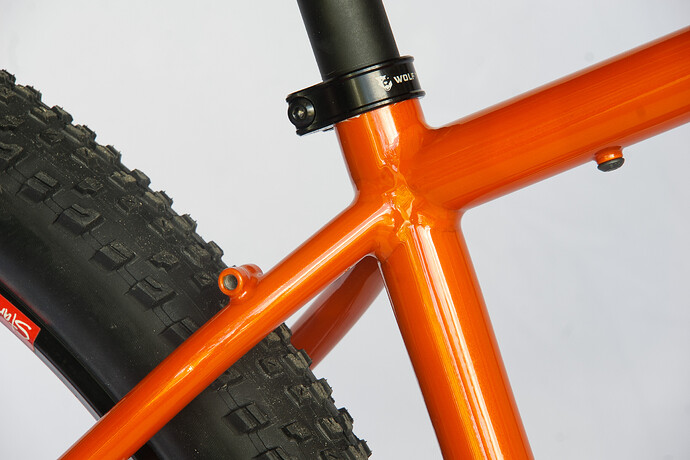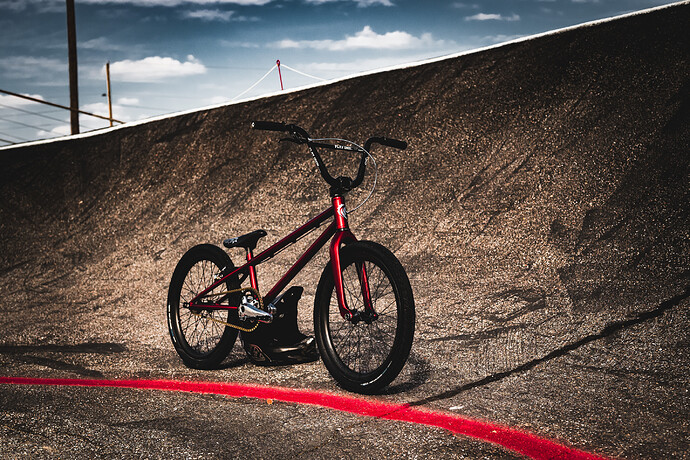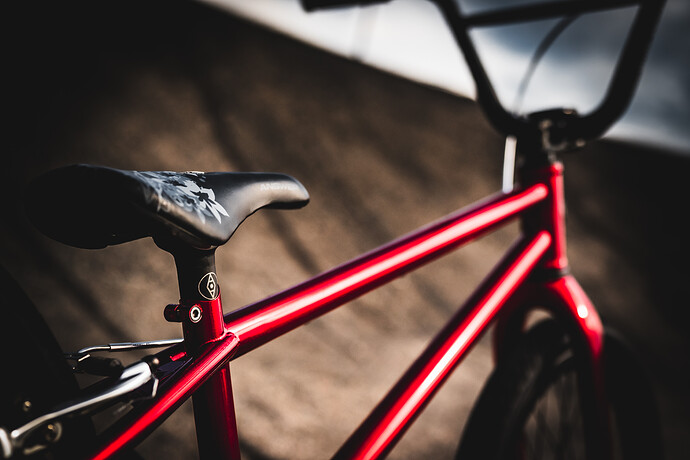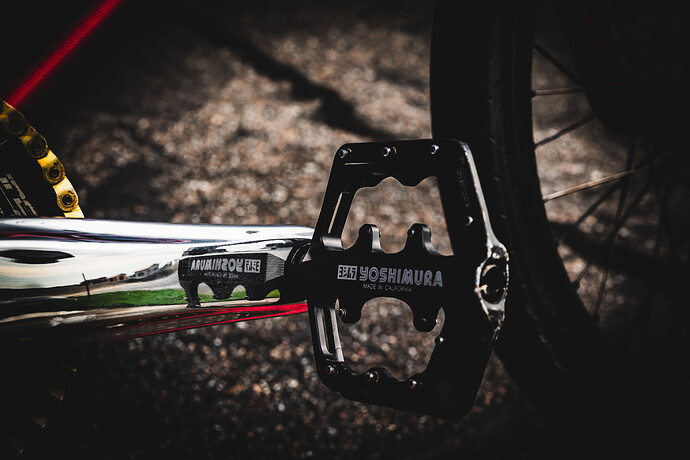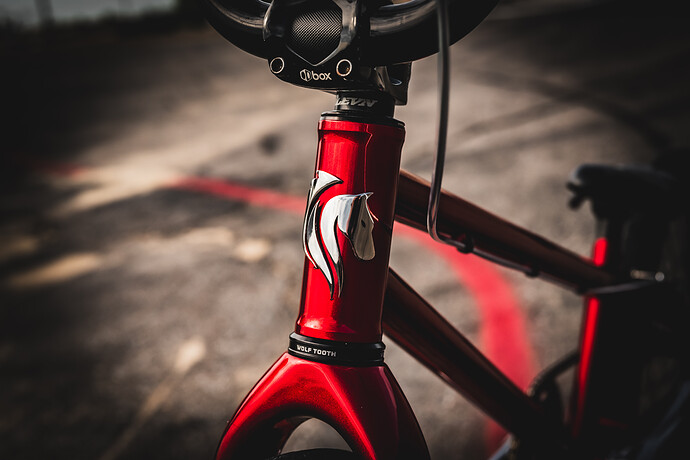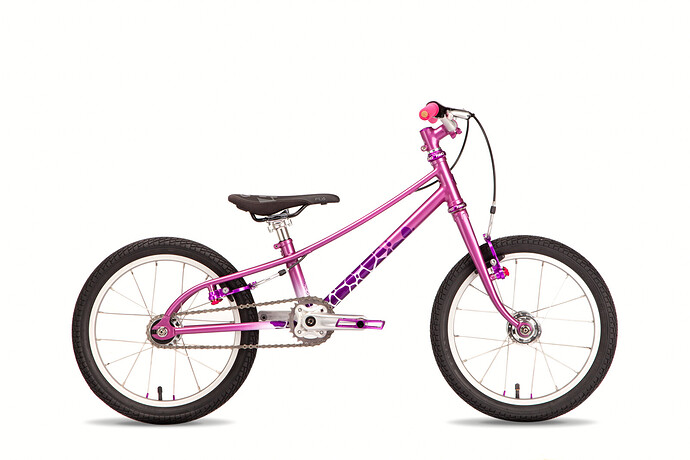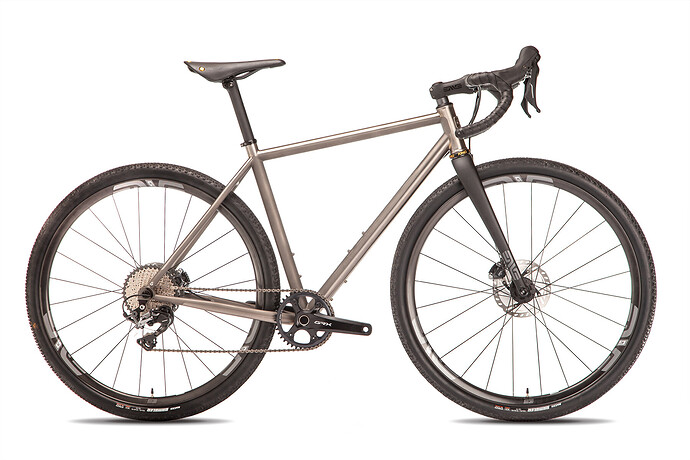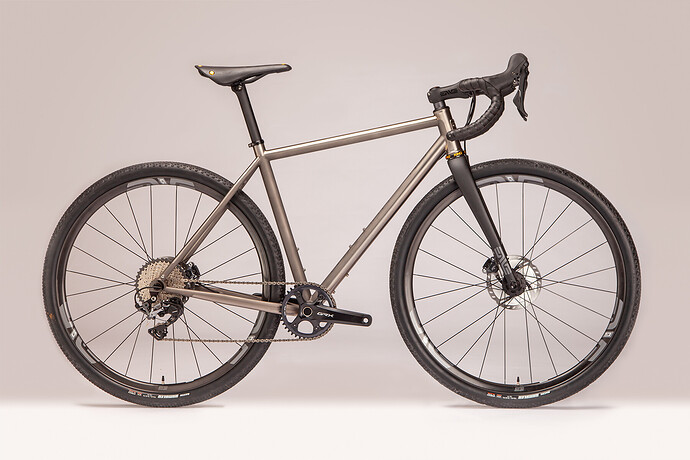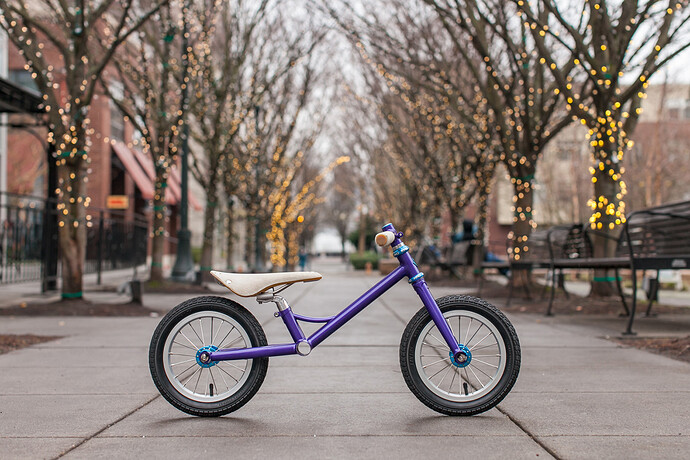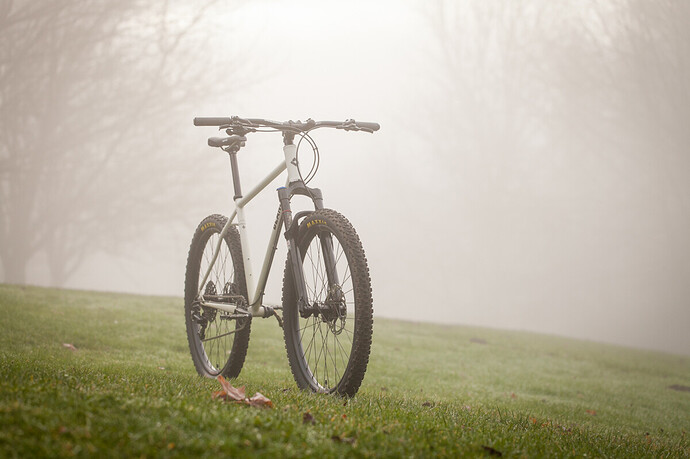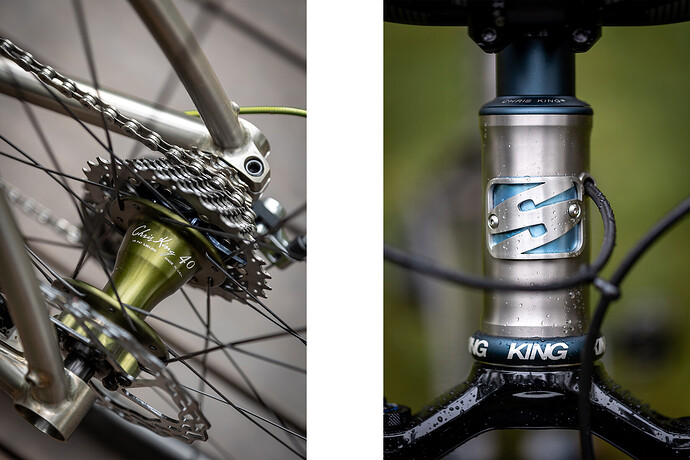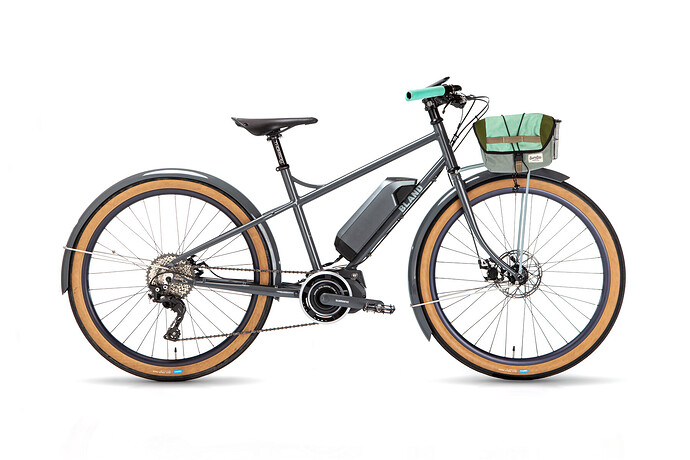Let’s create a thread where we share tips on bicycle photography!
John Watson has an article on The Radavist with plenty of good tips for positioning bikes and photographing them outdoors.
But I don’t always have time to take a customer bike out during the magic hour to get the best light. Instead, I wanted an indoor setup that was cheap to construct, portable, and easy to store.
Here’s what I came up with:
The Backdrop
- 10’x20’ white backdrop that I fold in half because it’s kind of transparent
- PVC tubes to create the backdrop stands
- 4x spring clamps to hold the backdrop in place
- An acrylic stand to avoid extra Photoshop work
- Some PVC nubs to keep the bike from rolling
The backdrop stands are about 5.5’ tall. I place the contraption in my garage, which faces north for soft light. You can see in the above photo that the light isn’t perfectly even. I should have moved everything closer to the door threshold.
The Camera
I shoot in raw on my Sony A6000 with an 18-135 lens, which I bought used from KEH Camera. Shooting in raw gives you more exposure latitude with the highlights and shadows in case you don’t nail the exposure while shooting. The raw software also corrects lens distortion and other image imperfections.
I shoot in manual mode usually at f/11. This keeps more stuff in focus. The camera is on a tripod because at f/11 I need to use a slow shutter speed. Without the tripod the photos will be blurry. A tripod guarantees sharp images. I also set a 2 second delay after pressing the shutter release so the camera is dead still when it snaps the pic. Tack sharp images are the goal.
Post Processing
I use Affinity Photo 2 photo editing software. It’s nearly as good as Photoshop without the monthly fees.
I open the raw image and adjust the following:
- exposure - adjust to reduce any highlight clipping
- white balance - use the backdrop as the white point
- clarity - adds sharpness
After the raw processing I do the final work:
- cropping - if necessary
- high pass filter - adds sharpness
- export as jpeg - reduce image size using Lanczos 3 (non-separable) resampling for best quality
The whole process only takes a couple of minutes per photo. You can see the props that hold up the bike and the backdrop isn’t perfectly white on full bike shots, but quality to effort ratio is great. (Whoops forgot to white balance the first image).


